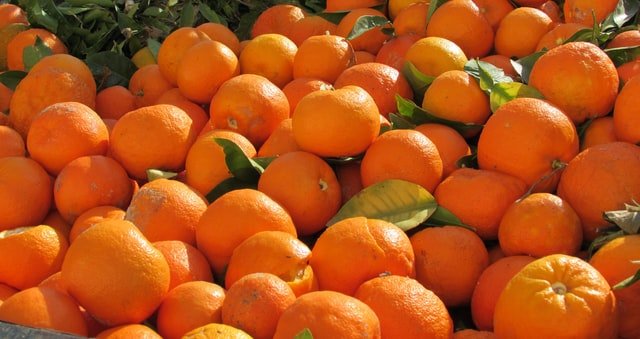
Synephrine is a substance found in the peel of bitter orange (Citrus aurantium) and is mainly used for slimming purposes. Let’s find out better.
Properties of Synephrine
Synephrine is a sympathomimetic amine commonly used for slimming purposes and extracted from the immature fruit of Citrus aurantium (bitter orange).
We speak of amine because this substance contains a nitrogen atom, and of sympathomimetics because it causes reactions similar to those regulated by the sympathetic nervous system: stimulating, exciting and contracting.
The slimming properties of synephrine also derive from its stimulatory effect on thermogenesis which, by increasing the production of body heat, consequently leads to an increase in calorie consumption and a much more marked lipolysis.
Synephrine reduces appetite and energizes the basal metabolism, increasing energy consumption at rest. Metabolic arousal is related not only to increased heart rate but also (to a lesser extent) to increased thermogenesis (heat production) by stimulation of brown adipose tissue.
How to use
Citrus aurantium extract is indicated to facilitate weight loss in people with overweight or obesity, who have been assigned an appropriate weight loss diet by a specialist.
In most of the supplements used for weight loss, Citrus aurantium extract is present in combination with other substances, in particular caffeine and green tea extracts.
It is the amount of synephrine that is relevant, not the amount of dry extract. You should stick to the doses indicated on the labels of individual supplements.
Contraindications of synephrine
The use of bitter orange-based supplements can be dangerous in subjects at cardiovascular risk (hypertensive, cardiopathic, obese, hyperthyroid), in children under the age of 12, in pregnant and breastfeeding women.
When taken in important dosages, synephrine, like all other sympathomimetic drugs, synephrine can cause various side effects such as, tachycardia, hyperagitation, arrhythmias, hypertensive crisis and heart problems in general.
At the doses present in supplements (10-15 mg / day), the likelihood of tachycardia, heartbeat, dry mouth and increased blood pressure (hypertension) is very low. This risk increases if the subject takes other substances stimulating the central nervous system (caffeine, green tea extracts, etc.).
Regarding the possible side effects of synephrine, it should be remembered a decrease in the magnesium content of muscle tissue.
Description of the plant
Bitter Orange (Citrus aurantium) is a small tree that can reach a height of 10 meters. The leaves have an intense green color, ovate and pointed at the apex, provided with large fins on the petiole.
The most vigorous branches are very thorny; has a robust root system with taproot. The flowers are white and very similar to those of the sweet orange, as are the fruits which, however, are more wrinkled and rich in essential oils. The pulp is acidic, bitter and rich in seeds; the epicarp is quite thin. The fruits, orange in color, remain on the plant for a long time.
Habitat of synephrine
Citrus aurantium (bitter orange) belongs to the Rutaceae family. Native to India, this small tree grows in subtropical climate regions, including Spain and Southern Italy.
Background

Synephrine was first extracted in 1964 from the peel of citrus aurantium and has been used for years as a drug to raise blood pressure in low blood pressure patients at risk of collapse.






